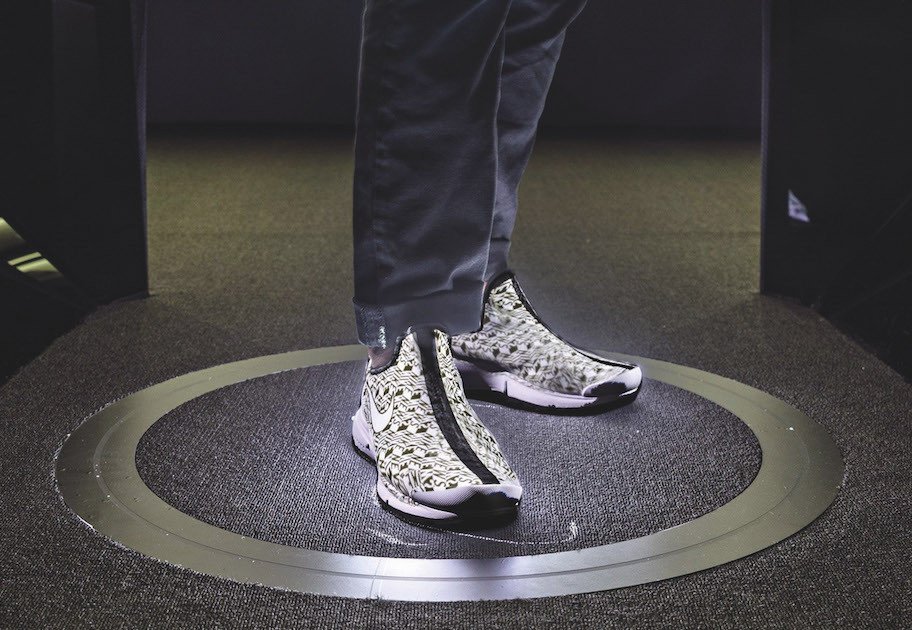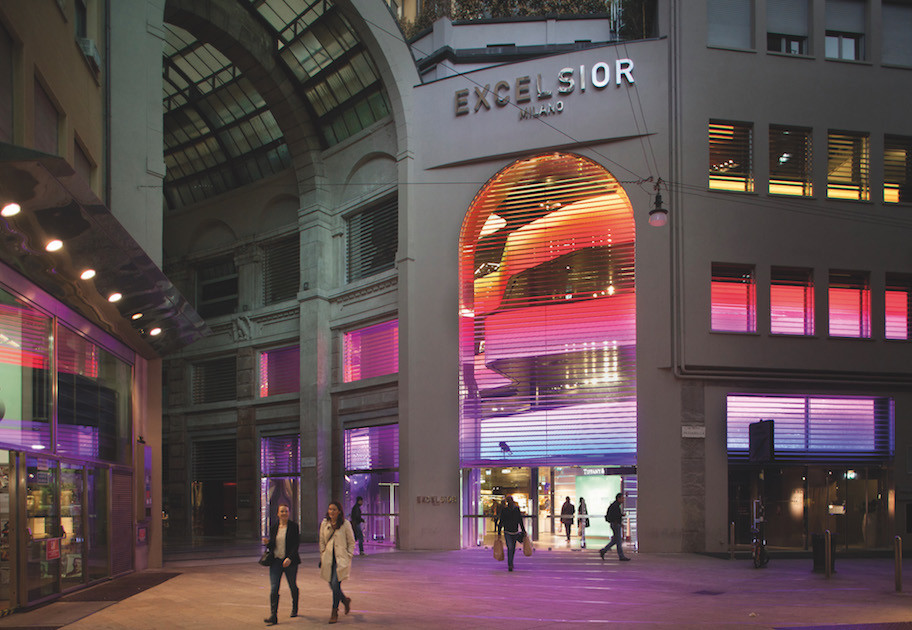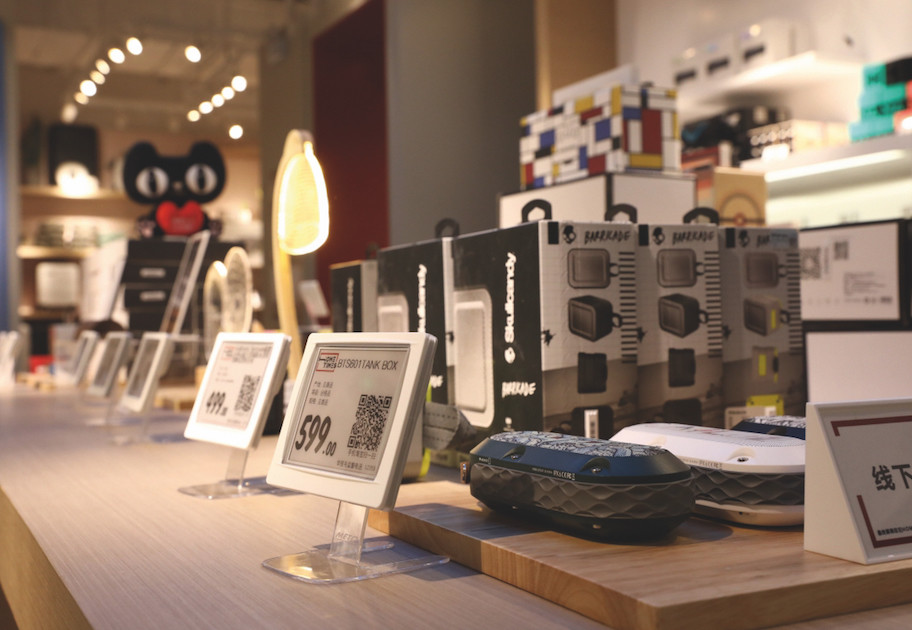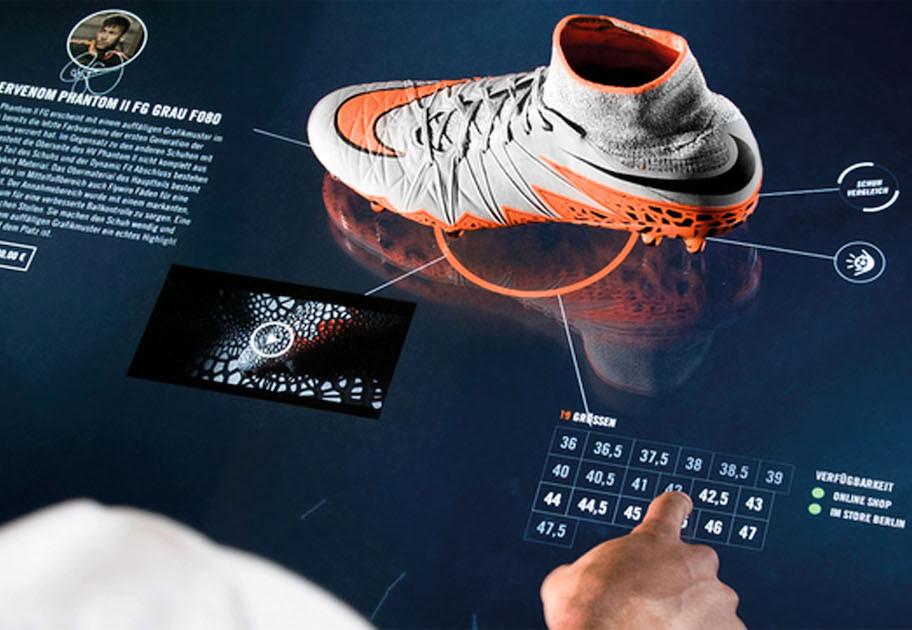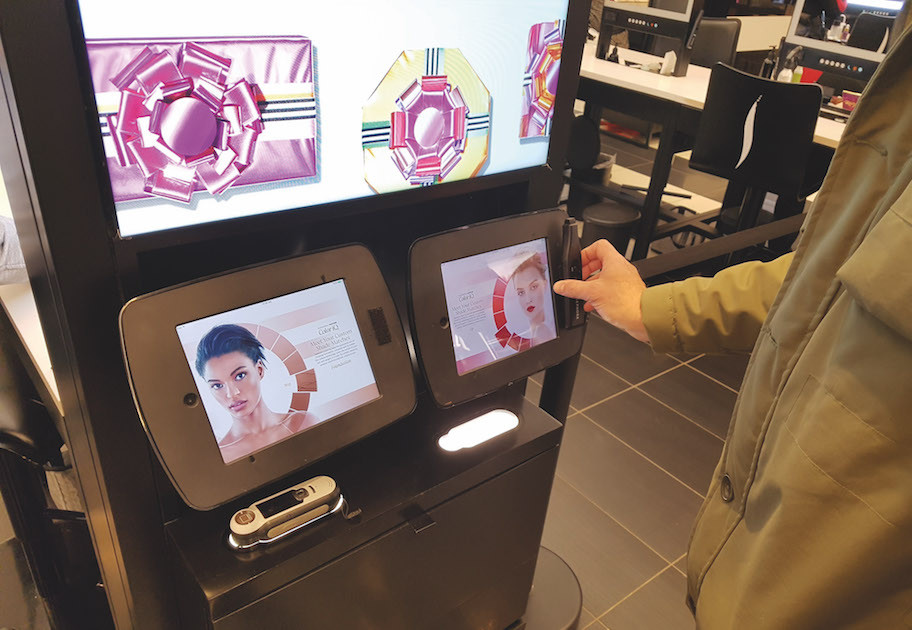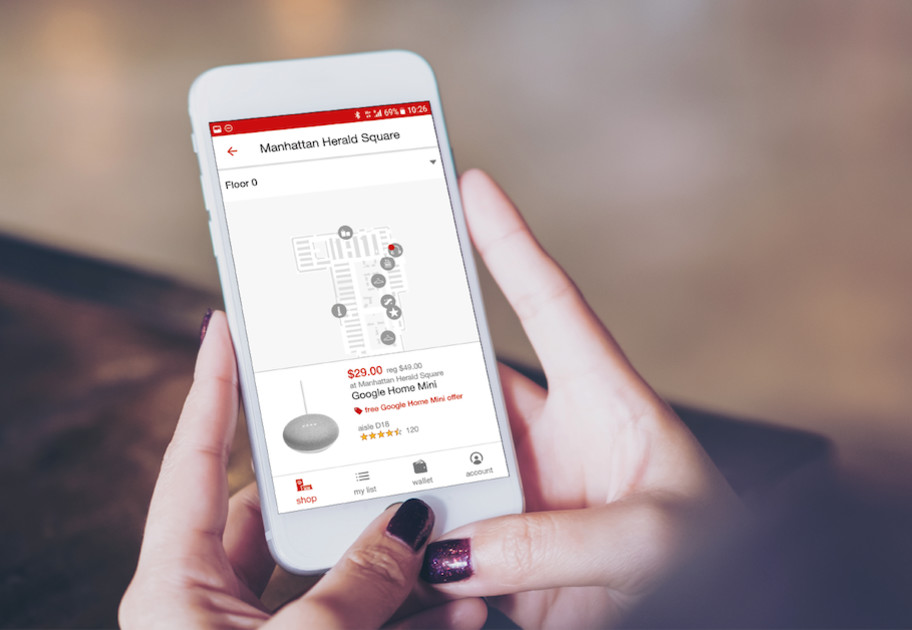Particularly in fashion retail - which still has to cope with high lost-sales percentages (up to 30%) - the in-store web kiosk appears to be able to make a major contribution to sales, as long as it is actively used by employees. There are retailers that have more than 20% of their 'online' sales generated by in-store kiosks.
From mobile payment solutions that allow customers to pay an employee at any place in the shops (so that, in theory, you never have to queue) to self-scanning apps and devices that automatically deduct your shopping basket from your virtual wallet, we are seeing the checkout moment move to different places in the customer journey.
The trend: Frictionless Retail
Up to now, paying for your purchases has always been a physical act. Whether you use cash, a (contactless) debit card, credit card, smartphone or contactless payment ring, you always have to perform a final action to complete the transaction between you and the retailer. The promise for the near future is that you simply take the products off the shelf at your local supermarket, put them straight into your bag and walk out of the store. While the products are automatically placed in your virtual basket, the store's stock list is instantly updated, you receive an overview of the purchased products in your app, and you automatically pay for all your purchases at the end of the month. This is shopping without ever having to pay anything in the traditional sense.
Layer 4 Production
In addition to convenience, consumers want surprise, entertainment, unique experiences and on-demand products and services. In turn, shops and shopping centres want traffic and added value.
The possibilities are obvious in supermarkets and hospitality, but also in fashion and sport 'the shop as a maker' is getting more and more attention.
The possibilities can be divided into four main categories:
- Produce: The store as a factory
In its Berlin store the Korean company YUN produces tailor-made spectacles within 20 minutes, while Unmade lets you knit one-off clothing items (industrially). The unique process that Adidas developed for their Futurecraft 4D makes it theoretically possible to manufacture a complete shoe using an incredible 3D printer and weaving machine.
- Assemble: Manufacture finished goods from semi-finished products
At Nixon, you can assemble your unique, personal watch by appointment at their customisation bar, while at New Balance in New York you can watch your shoes being made in real time. One fantastic innovation is Nike's Maker Experience, where you use video mapping to check what your ultimate Nike Presto should look like on your feet and then have it manufactured within one hour. Closer to home, MyMuesli lets you easily create your own muesli.
- Tailor & Customize
At Converse Blank Canvas in New York, you can give your All Stars a unique touch, while at Uncover Amsterdam you can have products personally 'tattooed' by laser.
- Repair & Recycle: Give products a second life
In the Nudie Repair Shop and the Denoism Atelier you can let your denims be endlessly patched and made completely unique, while Patagonia extends the lifespan of your favourite items indefinitely.
.png?width=641&height=253&name=Kega%20logo%20(white%20bg).png)

